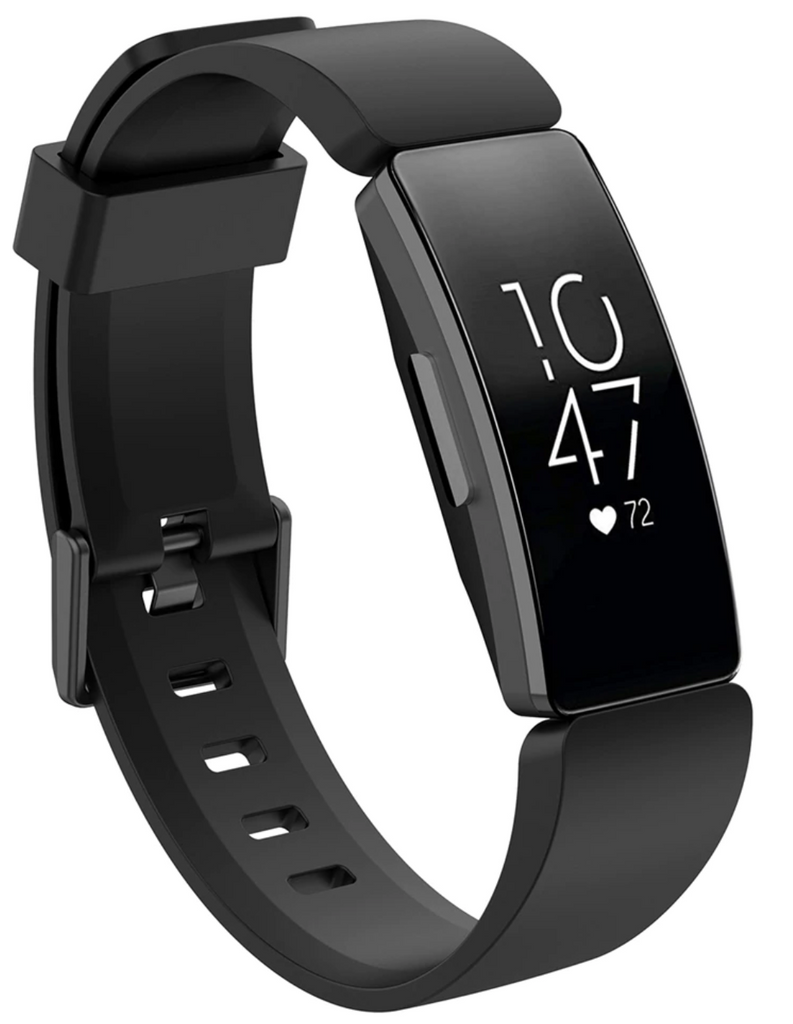
The Inspire 2 (left) is made of plastic while the Charge 3 (right) is made of aluminum.ĭesign-wise, the most significant difference between the Inspire 2 and the Charge 3 is their materials. The Inspire 2 is lightweight while the Charge 3 has a more premium feel to it.

Unfortunately, the Inspire 3 appears to be missing the 'Find With Tile' function of the Inspire 2. It connects via Bluetooth and supports Fast Pair on Android devices. The Inspire 3 is compatible with devices running Android 10 or later and those running iOS 14 or later. However, the battery life drops when the always-on display mode is turned on. Other health features common to both fitness trackers are skin temperature variation (temperature manually logged), stress monitoring with breathing exercises, a Daily Readiness Score, and women's health tracking.ĭespite the color display, Fitbit says the Inspire 3 still offers up to 10 days of battery life, the same as its predecessor. This feature rolled out to the Inspire 2 back in April 2022. However, the Inspire 3 supports Irregular Heart Rhythm Notifications which can also detect signs of atrial fibrillation (AFib) by using the on-board photoplethysmography (PPG) sensor.


Both fitness trackers have an optical heart rate monitor for heart rate measurement, but the Inspire 3 adds infrared sensors for blood oxygen monitoring. The Inspire 3 has a color screen with always-on display support and an ambient light sensor, replacing the outdated monochrome display of the Inspire 2.


 0 kommentar(er)
0 kommentar(er)
